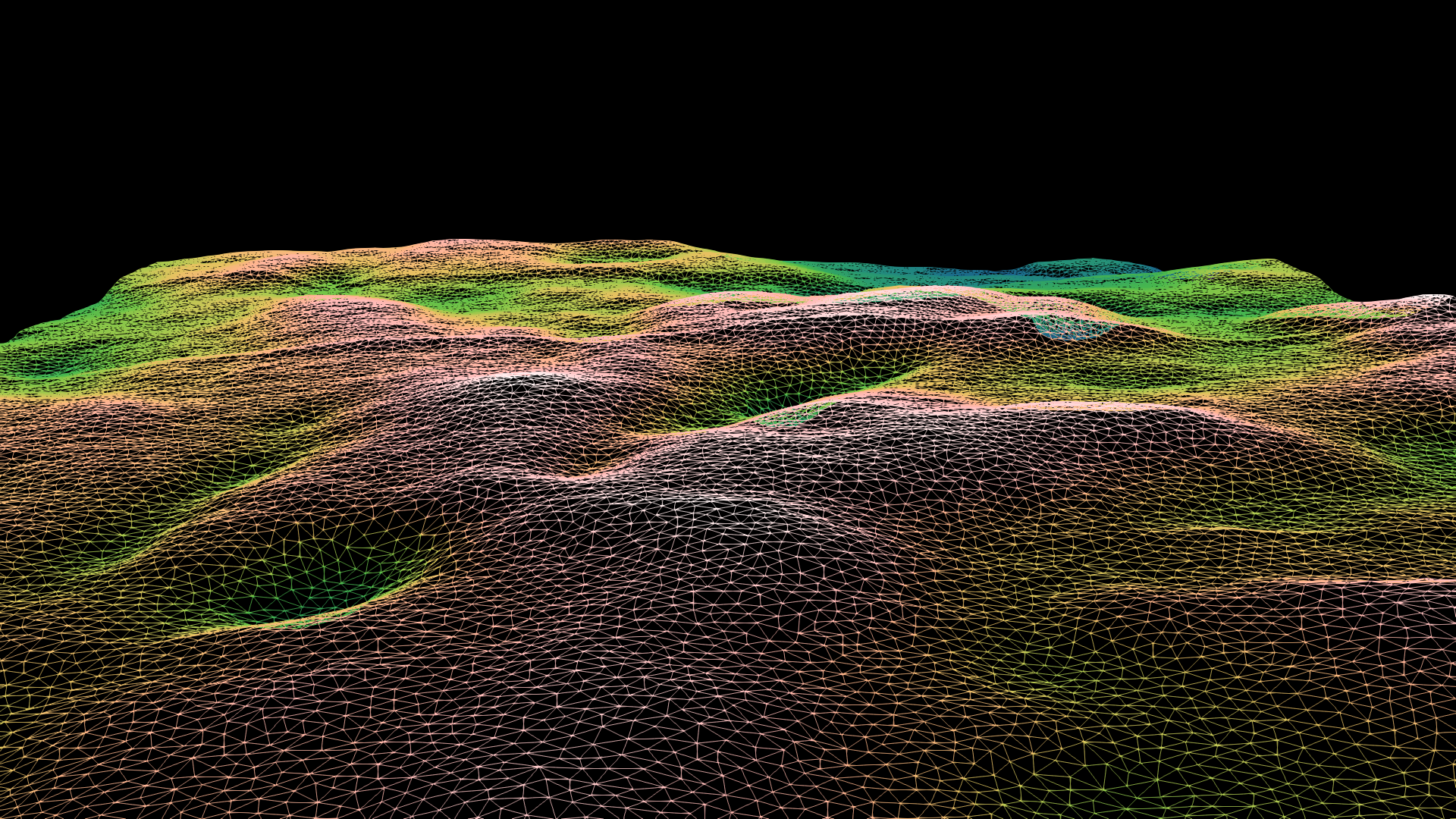Poster
Animation
Simulated SWE for the 2022-2023 snow season including blowing snow transport. CHM is driven with local meteorology. Topography is 10x exaggerated.
ViewCanadian Hydrological Model (CHM)

The Canadian Hydrological Model (CHM) is a modular, multi-physics, spatially distributed modelling framework designed for representing cold-regions hydrological processes. CHM uses existing high-quality open-source libraries and modern high-performance computing practices to provide a framework that allows for integration of a wide range of process representations, ranging from simple empirical relationships to physics-based, state-of-the-art algorithms. Modularity in structure and process representation allows for diagnosis of deficiencies in these aspects of the model. CHM also has sufficient flexibility in spatial representation and algorithm parameterisation to assess uncertainty in model structure, parameters, initial conditions, process representation, and spatial and temporal scales. By utilizing unstructured meshes, fewer than 1% of the computational elements of high-resolution structured (raster) grids are usually necessary. This preserves surface and sub-surface heterogeneity but results in fewer parameters and initial conditions.
Select publications:
Marsh, C.B, R.J. Spiteri, J.W. Pomeroy, and H.S. Wheater. Multi-objective unstructured triangular mesh generation for use in hydrological and land surface models. Computers & Geosciences, 119:49--67, 2018. [ DOI ]
Marsh, C.B, J.W. Pomeroy, R.J. Spiteri, and H.S Wheater. A Finite Volume Blowing Snow Model for Use With Variable Resolution Meshes. Water Resources Research, 56(2), 2020. [ DOI ]
Marsh, C.B., J.W. Pomeroy, and H.S. Wheater. The Canadian Hydrological Model (CHM) v1.0: a multi-scale, multi-extent, variable-complexity hydrological model – design and overview. Geoscientific Model Development, 13(1):225--247, 2020. [ DOI ]
Marsh, C. B., Vincent Vionnet, and John W. Pomeroy. Windmapper: An Efficient Wind Downscaling Method for Hydrological Models. Water Resources Research, 59(3), 2023. [ DOI ]
